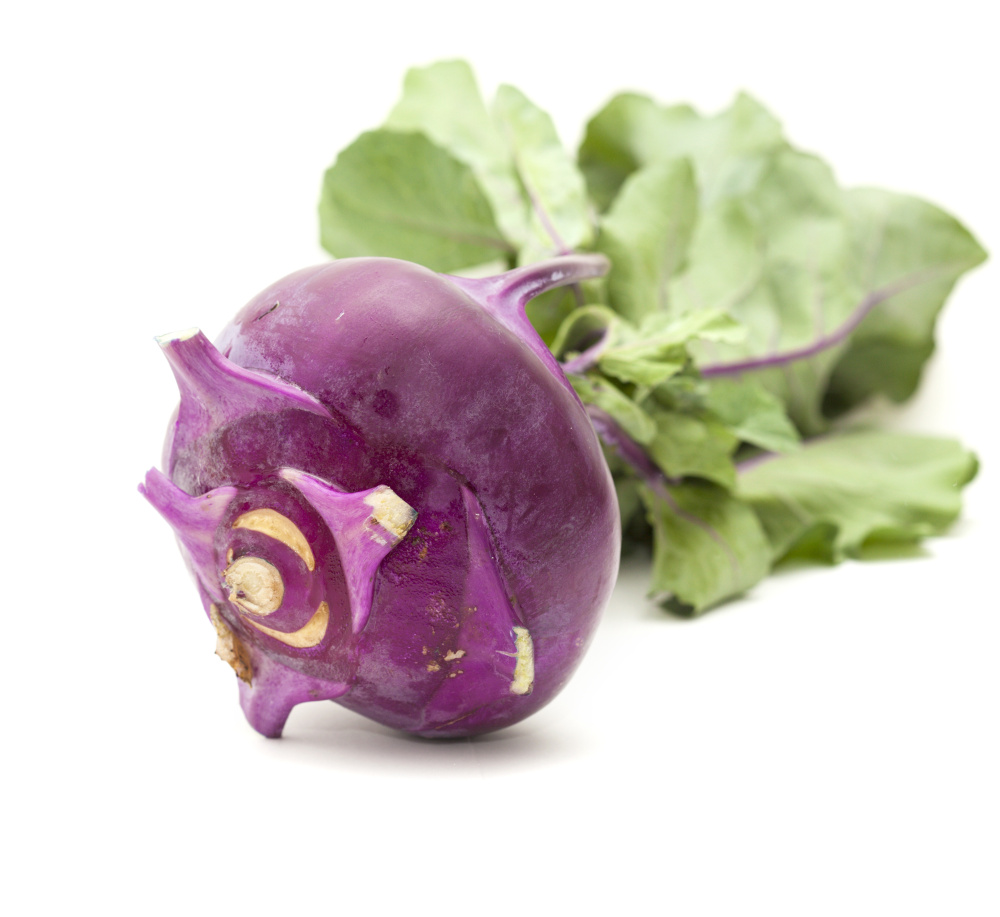This spring has been a tease, and I am sick of it. Early March was warm and dry, and we did cleanups and preparations looking forward to an early start. Then the weather turned. We had a snowstorm, some freezing rain and temperatures in the teens. When temperatures did get warm, it was windy, wet or both.
The way things are going – and I write these columns about 10 days before they appear in print – I expect I will be planting our early vegetables as you read this, the traditional Patriots Day start to the gardening season. It is Maine, and I should have known better than to hope for anything different.
Still, I have a lot of plans and high aspirations for the garden.
The cold frame we bought last year is going to bring immediate benefits. We picked fresh-from-the-cold-frame lettuce last December, which was nice, and the carrots and beets we planted in November look like they should bring us some crops early this spring.
My main goal, on instruction from my wife, Nancy, is to produce more baby carrots. The cold frame will help. I discovered last year during a late carrot planting that something has been eating the baby seedlings. I didn’t see any signs of rabbit tracks, but an online search showed that any number of tiny critters – including earwigs, cutworms, a type of woodlice and even slugs – might be eating them.
With the cold frame, I can keep all of these tiny pests away from the tender carrot seedlings. If I were growing lots of carrots, I would use a floating row cover instead, but the cold frame should do it.
Anyway, we purchased Mokum carrot seed because Fedco said it is the tastiest carrot while still small and young, plus it is good for succession plantings, in pelletized form.
Pelletized seeds cost more, but I always plant the regular, tiny unpelletized carrot seeds too close together and never get around to thinning out the seedlings. The clay-coated pellets are easier to handle, and you can precisely plant the seeds more easily. The label says to plant them a half-inch deep, a half-inch apart and to thin them to an inch apart – if I can remember.
The pellets require constant moisture during the germination process, and you can’t keep them from one year to the next. Despite those disadvantages, I spent $5 for 1,000 seeds, and I figure if we eat 900 tasty small carrots this summer, we’ll be doing a lot better than we have done in the past. I also have some conventional seed for multi-colored carrots to try.
But carrots are just a small part of my plans. As I wrote about in March, we’ll be installing 10 high-bush blueberry plants. In the same area, we are going to plant more asparagus. This is my favorite vegetable, and we never have enough of it. If everything goes well we will be able to eat asparagus every day during its all too brief season – but not until three years from now, when the asparagus crowns I plant this year will be ready for harvest.
I also will plant kohlrabi and celeriac – the seedlings are growing now – just to see how they come out. Nancy and I especially enjoyed celeriac, also called celery root, during our travels in Europe this year over the non-gardening season.
On the flower side, we have a big, blank space to fill in the backyard. We pulled the blueberries from where a neighbor’s Norway maples shaded them out. We need some shade-loving plants to replace them. We want a lot of color during the growing season, but also want something that will look good in winter. The spot we are working with is prime viewing from the family-room table where we eat most of our meals.
We have many choices. For flowering shrubs, we could try azaleas and rhododendrons, clethra, andromeda, the Maine native Witherod viburnum, other viburnums including “Mohawk,” “Cayuga” and the Mayflower viburnum or something called a bottlebrush buckeye that is in the horse chestnut family.
Aronia is a fruiting bush that also would work. It is native, a good plant for pollinators, edible (though it doesn’t taste good raw), and it has pretty white flowers.
We also are considering willows. One, a dappled willow called “Hakura Nishiki,” has variegated foliage in green, pink and white and looks gorgeous in the summer. Two other willows, “Scarlet Curls” and the corkscrew willow, would have bright, twisty stems to look at during winter.
In a sunnier part of the flower garden, we are going to plant “Climbing Phoenix,” an heirloom nasturtium that I got from Renee’s Garden Seeds. This plant will grow 4 to 6 feet tall if given support, and bloom nonstop in colors ranging from red to cream. I have some leftover copper piping from a home-renovation project and will set this up in our driveway garden and watch what happens.
That’s my road map for this garden season, but I am pretty sure not everything will go according to plan. When you travel, some of the most interesting and least predictable experiences occur when you get a little bit lost. It’s the same with gardening, and I am eager for those surprises.
Tom Atwell has been writing the Maine Gardener column since 2004. He is a freelance writer gardening in Cape Elizabeth and can be contacted at 767-2297 or at tomatwell@me.com.
Send questions/comments to the editors.


